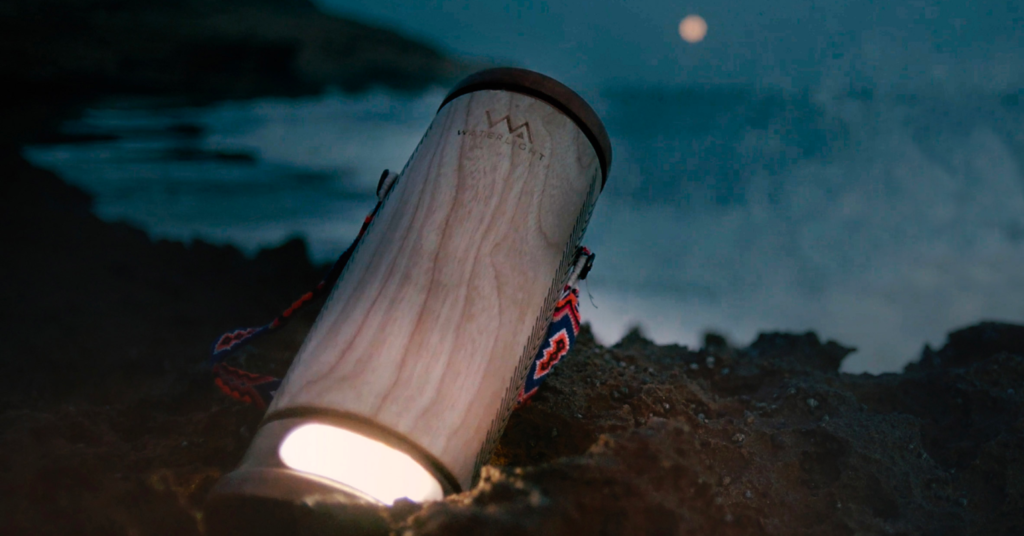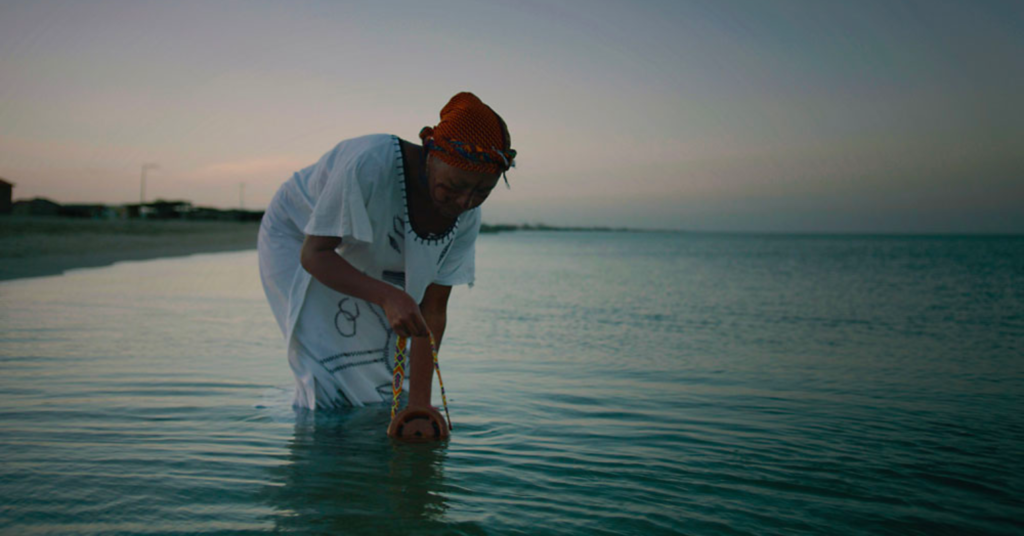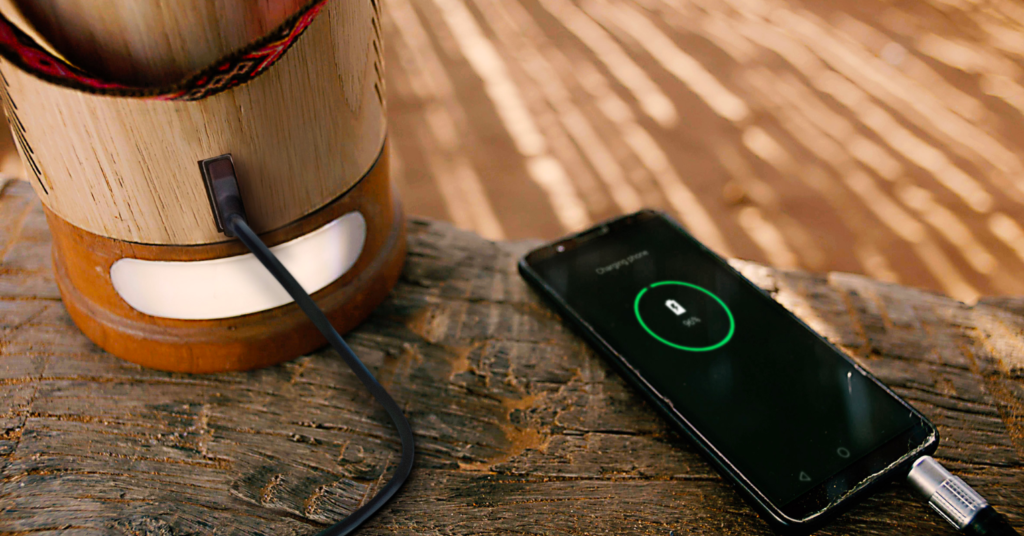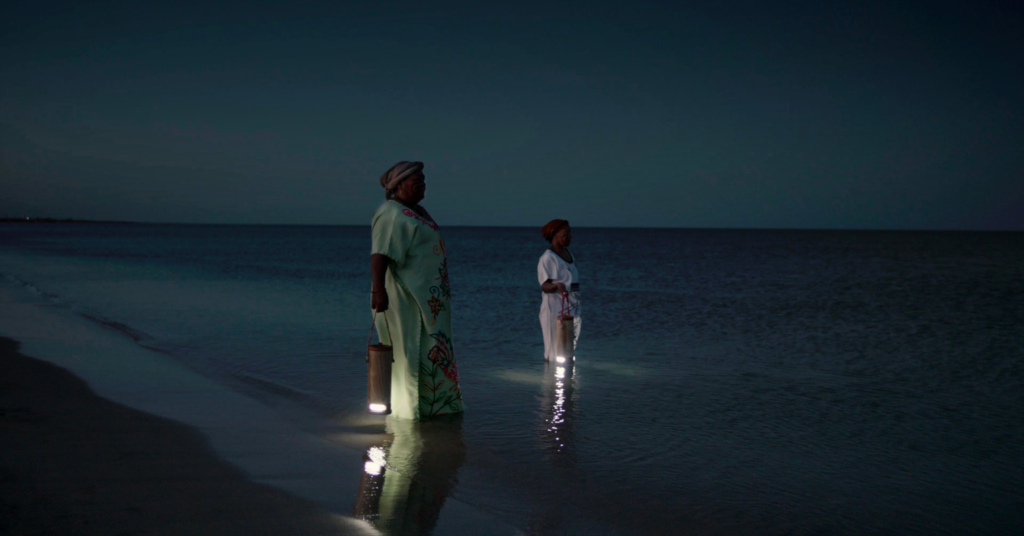Their wireless lantern called WaterLight produces electrical energy from a renewable natural resource such as saltwater.

The demand for global energy is expected to increase substantially in the coming decades but billions of people still lack access to electricity.
However, a Colombian renewable energy startup, E-Dina, may have presented a solution that can improve the quality of life of communities without access to this vital resource.
They have developed a wireless lantern called WaterLight that produces electrical energy from a renewable natural resource, saltwater.

WaterLight is a portable device that needs to be filled with 500 milliliters of seawater to generate light for 45 days.
The device is powered by the ionization of an electrolyte composed of saltwater, which reacts with magnesium and copper plates on the interior of the lamp to produce electricity. It can also be used to charge mobile and electronic devices via a USB port.

What makes WaterLight unique is that it works 24 hours a day through ionization, allowing the lantern to produce electricity and light for extended periods.
E-Dina has also created WaterLight to be 100% recyclable and durable, designed to run for 5,600 hours or two to three years of use, depending on how often it is needed.

E-Dina designed WaterLight specifically for the Wayúu people, an indigenous community that lives on the northernmost tip of South America where Colombia meets Venezuela, as they do not have access to electricity.
The area is surrounded on all sides by the Caribbean Sea, which offers a plentiful resource to power WaterLight.
The device has transformed the lives of the Wayúu community by enabling routine habits such as night fishing, charging mobile phones, or life after sunset, without the need to travel kilometers to search for a source of energy.